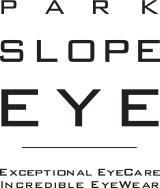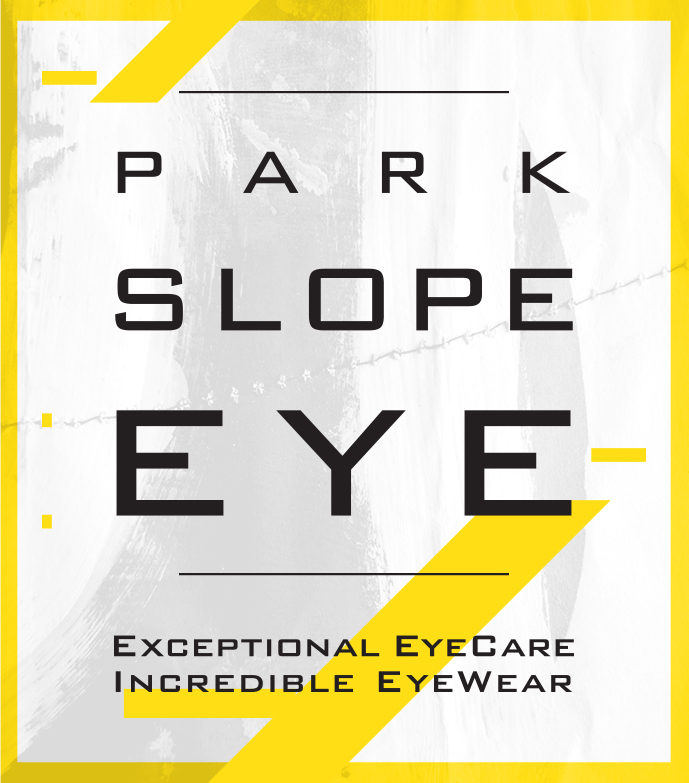One of the most common kinds of eye problems is dry eye syndrome, or simply dry eyes. In fact, it’s so common that around 5-34% of people have experienced it, and up to 70% of older adults have this condition. While treating dry eye is fairly straightforward, early treatment is important to avoid long-term damage. This is why you need to learn the common signs of dry eye syndrome.
Dry eyes occur when your eyes’ tear glands fail to secrete enough tears to keep your eyes lubricated. Thus, the eyeballs are irritated by friction and foreign particles as they move around in the eye sockets. Dry eye is usually accompanied by the following symptoms:
- Slight stinging sensation in the eyes
- Increased sensitivity to light
- General discomfort throughout the day
- Frequent itching in the eyes
- Redness or inflammation in one or both eyes
- Blurred vision
If you think you have a case of dry eyes, it’s important to seek treatment early on; over time, constant irritation and friction on the eyeballs can lead to inflammation, infection, and even long-term vision problems. The good news is that there are plenty of available treatment options for dry eye.
- Teardrops and ointments – The most common treatment procedure, especially for milder cases of dry eye. You just need to take a drop or two every now and then to keep the eyes from getting dry.
- Punctal occlusions – Partially plugging the tear ducts to keep your tears from getting drained too fast by the tear ducts. Could either be temporary (such as collagen plugs) or permanent (via cauterization), depending on the severity of the problem.
- Lipiflow – A procedure that releases lipids that help the eyes produce a film of oil that keeps the tears from evaporating too quickly.
That’s it for dry eye, but how about eye problems that affect your vision? Check out the next part of this series to learn more about vision therapy.








